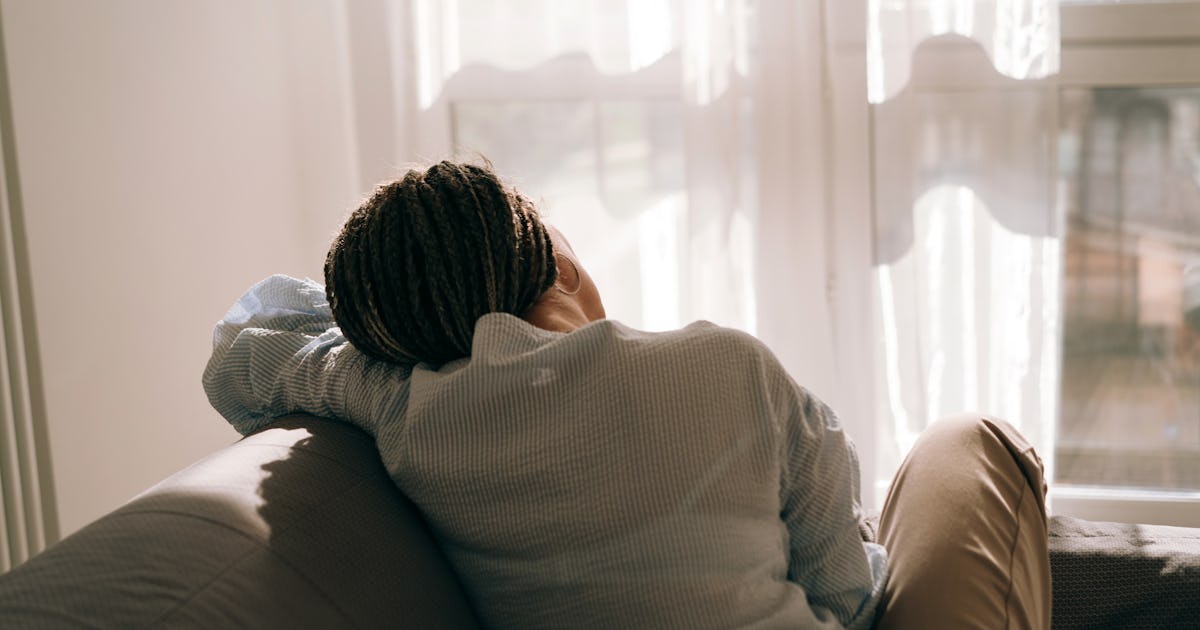Oxygen hunger. Frozen shoulder. A general sense of slowing down. Perimenopause comes with all sorts of unexpected, fun little side effects (that’s full sarcasm, for the record). If it feels like there are a slew of perimenopause symptoms you’ve never heard of, it’s probably because menopause in general just hasn’t been studied well and isn’t discussed in the detail it should be. So when I heard that perimenopause can also cause iron deficiency, my ears perked up. Here’s everything you should know about how perimenopause can affect your iron levels, and why it’s important to ask for help if you notice iron deficiency symptoms in yourself.
Is it common to have low iron during perimenopause?
For starters, menopause is defined as one full year without a period, and the average age at which this occurs is 51, according to Dr. Bethany Bannow, assistant professor in the Division of Hematology at OHSU’s School of Medicine and an American Society of Hematology expert. Perimenopause is kind of like puberty in reverse, Bannow says. Because our periods become irregular again, they can also become very heavy as a result, and that can cause dips in your iron levels. This can sometimes go on for up to 10 years before we actually reach menopause, she says.
“Absolutely we can see women having iron deficiency due to the heavy periods. I am told that there are folks for whom the periods do just go quietly into that good night. But those are not the people in my clinic. Folks in my clinics may notice that their periods actually get heavier in perimenopause, often starting in the 40s,” Bannow says.
Can you have iron deficiency without anemia?
You can, Bannow says, which is why it can go undetected in many people. Many of us — doctors included — think you have to be anemic to have symptoms of iron deficiency. So if you feel crummy, call it out.
“I think of iron deficiency and anemia like a Venn diagram. There’s a circle that’s iron deficiency, and that just means, hey, your body doesn’t have enough iron on board. Then there’s a circle that is anemia, and that means that you don’t have enough red blood cells. There’s an overlap in the middle where you don’t have enough red blood cells because you don’t have enough iron. But there’s also a bunch of other causes of anemia. And a lot of folks, particularly a lot of young women, will have iron deficiency without anemia because their body is coping, and that’s why it goes undetected. A lot of times, doctors won’t look at the iron stores until they see anemia.”
Common symptoms of iron deficiency
Bannow says iron deficiency, even without anemia, can be very symptomatic. It can cause:
- Brain fog or difficulty concentrating
- Cravings for non-food items
- Decreased exercise tolerance
- Fatigue
- Hair loss
- Leg cramps or restless legs at night
When to talk to your doctor about iron deficiency in perimenopause
While some of these things may seem like inconveniences or just cosmetic issues, Bannow says it matters that women don’t minimize things they notice about their health. You may brush off your thinning hair as just part of aging, but your iron levels affect a lot more than that, so you shouldn’t ignore signs they’re low.
“Iron is really important for a lot of things. It is important for your red blood cells to help carry oxygen to your body, but it’s also important for muscle function, cognitive function, and so we definitely want women to be going in and getting that checked out. We have good treatments. We can try oral iron, and we have IV iron now, but at the end of the day, it’s mostly about preventing the loss of iron, which most of the time is going to be menstrual losses,” says Bannow.
Even if you’ve never been iron-deficient or anemic before, sudden symptoms of iron deficiency could point to the fact that you have a new underlying health condition causing blood and iron loss, like a stomach ulcer, she adds.
If your periods have gotten too heavy, which Bannow defines as a period lasting longer than seven days and soaking through a pad or tampon more often than every two hours, that’s also something to visit your doctor about.
If you’re in your late 30s or 40s or think you’re in perimenopause, Bannow recommends asking your primary care doctor to add a ferritin blood test to your other annual screenings. “I encourage primary care doctors to be checking the ferritin specifically. That’s the preferred measure of iron stores annually with annual labs. I also encourage women to ask their provider, like, ‘Hey, when you’re ordering that cholesterol screen, can you make sure you’re also ordering the ferritin?’ That’s a great way to make sure you’re checking every year for it.”
Lastly, Bannow points out that there’s no medical reason your body has to have a period. Talk to your providers about birth control options that would eliminate it, if it’s causing you any issues.
Disclaimer: This content was automatically imported from a third-party source via RSS feed. The original source is: https://www.scarymommy.com/lifestyle/low-iron-during-perimenopause. xn--babytilbehr-pgb.com does not claim ownership of this content. All rights remain with the original publisher.



